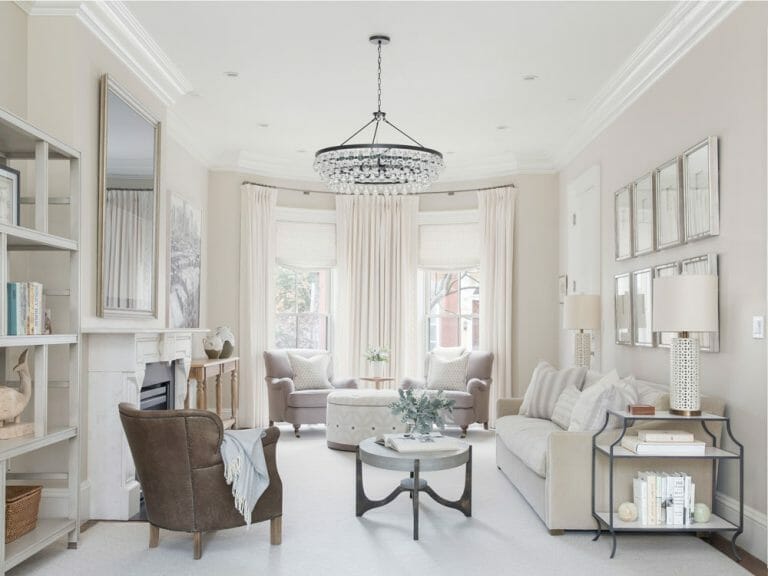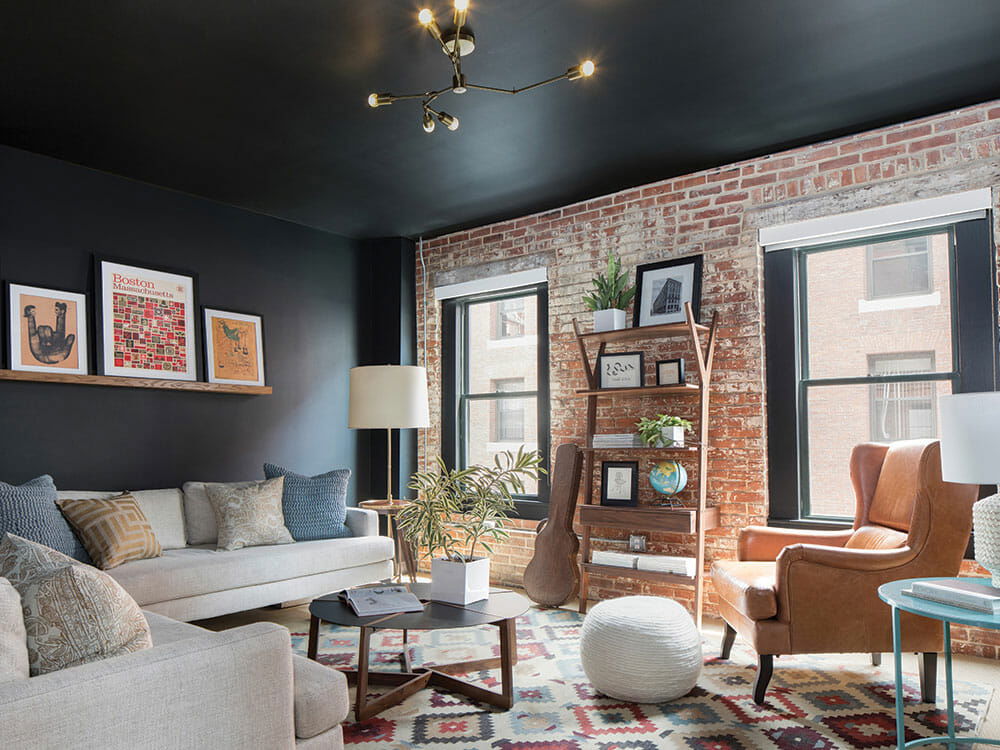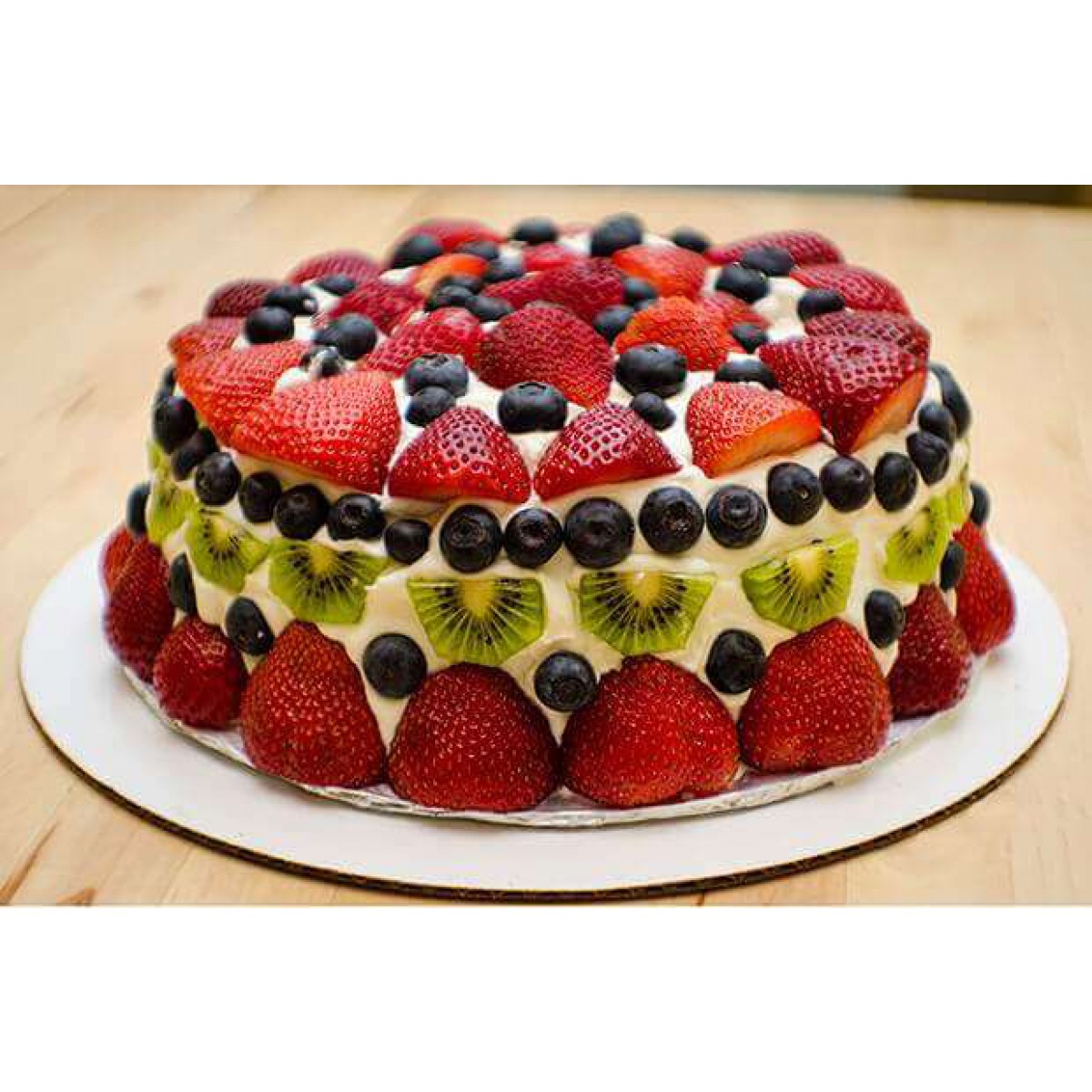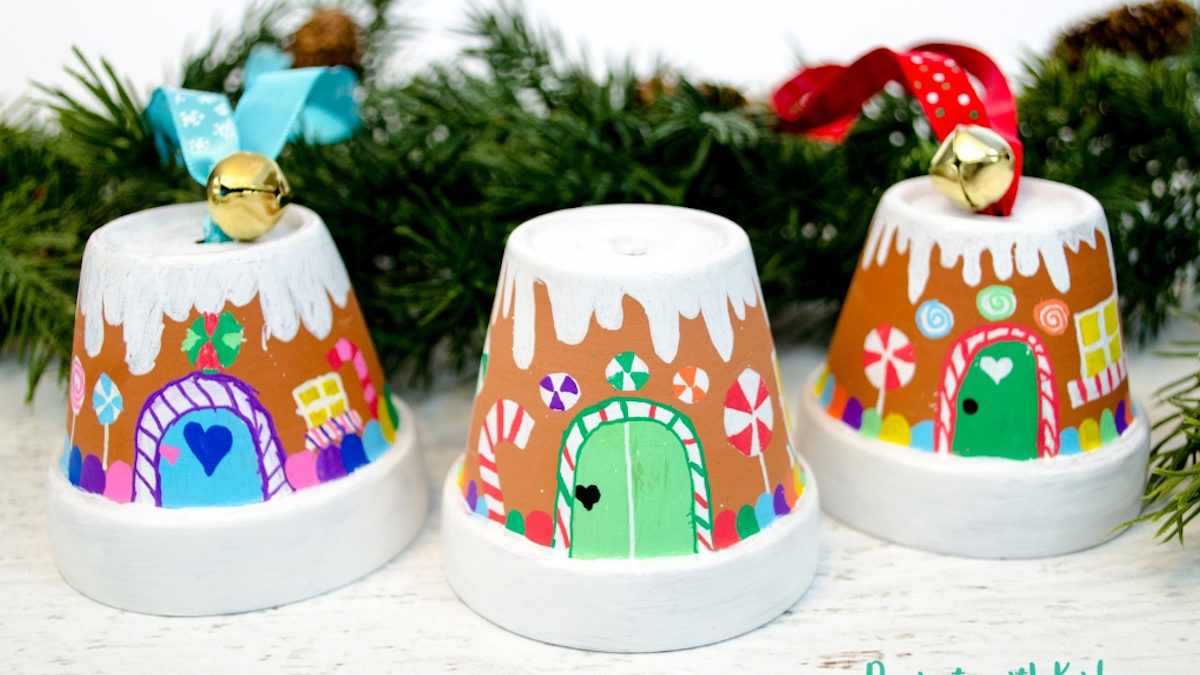Table Of Content

Fluent’s superpower is its ability to adapt to different platforms and environments. That means that we tailor our updates to each platform we support. You’ll be able to build a fluid and natural experience for your customers every time. Manuscript grids have a primary structure defined by large continuous blocks of text surrounded by margins. This style helps to ensure readability by consolidating content to provide the optimal line length. Different content types can render better when using fixed, stretch, or hybrid grid models.
Fluent Design is Microsoft's new Metro UI for Windows and more - The Verge
Fluent Design is Microsoft's new Metro UI for Windows and more.
Posted: Thu, 11 May 2017 07:00:00 GMT [source]
The Whats, Hows, And Whys in Design Systems
This approach reaches toward the greater good for designers, the products we shape, and the customers who use them. Microsoft does not lack in design talent, but certainly faces the very real challenge of learning to scale and span the products and experiences as we grow. Engineers and designers get together to figure out what the scope of an idea is, how much effort it would be to do it, what the benefit is for customers. This effort could last for part of a release or it could last a few releases, depending on how complex the thing is.
Built for focus
We believe our Fluent principles will guide our product experiences for years to come. They’re grounded in our deep understanding of how customers navigate the world, and are rooted in our beliefs about what empowers people to achieve more. Baseline grids consist of dense horizontal rows that provide alignment and spacing guidelines for text. Aligning baselines to a specific absolute grid establishes a vertical rhythm — a pattern that’s easier for the human brain to scan. Baseline grids are especially useful with content that spans multiple columns.
Neutral colors
Then, after a few months, we start to see it becoming pervasively available in the creator community. Our partner teams across Microsoft, like Office, Cloud and Enterprise (C&E) and Xbox do the same thing, so this is a collaborative and cumulative effort. At the end of the day, we’re building tools for app developers to create experiences for their customers, so we all need to be in sync. Design systems are a logical development for the entire web. They greatly simplify the work on large products, update them faster, release new projects in the brand ecosystem, and make the user experience smoother. After creating a design system, it is crucial to figure out how to implement it in its practice.

The Fluent provider defines the styles that are used in your app. A divider groups sections of content to create visual rhythm and hierarchy. We’ve also refreshed the Fluent icon from a cube to an F shape. The icon is a visual representation of the iconic four squares of the Microsoft logo reassembled to create a new form.
As more space is added between elements, their perceived relationship weakens. Elements arranged in the same spacing pattern are seen as related pieces that have equal weight and implied connection. These four phases occur in each release cycle, and they allow us to always have a full set of work that we’re rolling into. That way, we never have to be super precious about moving forward with any single hypothesis or feature. To get started with MSTest SDK, it is needed to create a MSTest project (or update an existing one) and replace the content of the .csproj file.
Content underneath the photo can also stretch to show more but uses different margins to add variety in the composition and helps to define visual hierarchy. Responsive design uses just one layout where the content is fluid and can adapt to changing format size. This design technique uses media queries to inspect a given device’s characteristics and renders content accordingly.
InfoQ Software Architects' Newsletter
Our efforts do not seek a one-size-fits-all answer or design for the lowest common denominator. Instead, Fluent must encompass our shared foundation plus layers of product experience and brand expression, across platforms. Fluent is evolving to be more than a set of outcomes and will define the process by which we collectively design and build products. It represents the growth and influence of design thinking within Microsoft. Your app creator audiences are made up of a mix of designers and developers. Historically, Microsoft has been such an engineering-oriented company that when we built the Insider Hub and the feedback tools, we started by wanting to energize and engage the developer community.
Evolving the Microsoft Fluent Design System
In fact, UI elements that are set close to each other might be overlooked. People may notice the grouping but not process each individual item. At the same time, if you’re a designer, there’s a bunch of design-oriented discourse on those same pages where we have code.
Each value in the Fluent palettes is stored as a context-agnostic global token. Alias tokens then provide the context that makes it easy to choose the right color without having to hunt down hex codes. Today, Fluent is simple in its emphasis on systematizing the fundamentals. It’s an attempt to optimize the process for both designers and developers through a shared foundation. At least in its initial stage, it’s as much about process as it is about pixels and interactions. It’s less about creating something new and more about establishing coherence.
All required test suites and configurations will be transparently changed to fit this specialized mode. More information about testing with Native AOT is available here. Microsoft plans to build on the experience it has gained, adding more resources and enabling even greater scalability for multi-physics modeling. Within the Design Thinking phases, there are opportunities to embed systems thinking models. For example, during the Ideate phase, using causal loops would help clarify the Theory of Success.
Shared colors are aligned across the M365 suite of apps and are used in Fluent high-value, reusable components like avatars, calendars, and badges. Shared colors allow for quick mental recognition of components and functions across products. On the updated Fluent Design website, we tell the story of the evolution of our design system using the Fluent color, typography and modular grid. In many ways, the new visual identity reflects our shift away from an overly polished or dimensional approach. Like the building blocks that compose it, the new identity embraces a “some-assembly-required” approach.













